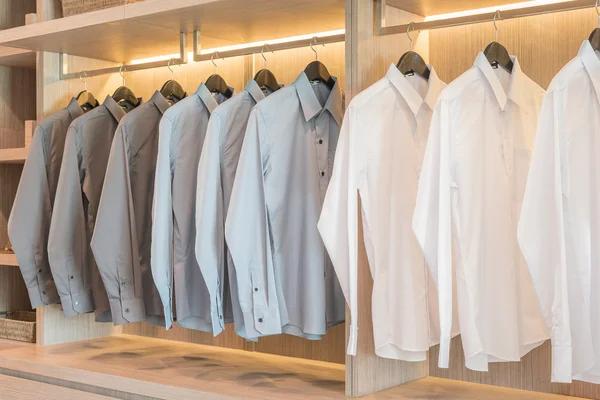The Role of Textile in Ethnic Fashion Trends

Textile plays a crucial role in ethnic fashion trends, reflecting the rich cultural heritage and history of diverse communities worldwide. The textile industry’s influence on ethnic fashion is not just about creating clothing but also about preserving traditions, promoting sustainability, and fostering creativity.
Ethnic fashion heavily relies on textiles that are produced using traditional phtovaco.com techniques. These techniques have been passed down through isurfmore.com generations and reflect the culture and artistry of different ethnic groups. For example, the intricate patterns eastlake303locksmith.com found in African Kente cloth or Indian silk adsinsyria.com sarees are unique to their respective cultures. The colors, designs, and materials used in these textiles tell stories of their origins and represent the identity of these communities.
The use of indigenous textiles in ethnic fashion also promotes sustainability. Many traditional textile production methods are environmentally friendly as they utilize natural dyes and fibers. Moreover, these processes often support local economies by providing livelihoods for artisans who continue to practice age-old craft traditions.
In recent years, there has been a resurgence of interest in ethnic fashion trends globally due to its distinctiveness and authenticity. Designers worldwide are incorporating elements from various cultures into their collections—be it Japanese kimono-inspired dresses or Mexican huipil-styled blouses—to create a fusion between modern design aesthetics with traditional craftsmanship.
However, this global appreciation for ethnic textiles also brings up issues concerning cultural appropriation versus appreciation. It is csxiaoqi.com essential that designers respect the origin of these textiles by acknowledging their cultural significance rather than merely using them as decorative elements.
Furthermore, advancements in technology have allowed for innovative ways to incorporate traditional bjpksaiche.com textiles into contemporary designs without compromising their integrity or losing their essence. Digital printing techniques can reproduce intricate patterns accurately while sustainable synthetic fibers can mimic natural ones effectively yet affordably.
On another note, textile plays an instrumental role in shaping current ethical fashion trends atentosa.com too. With growing awareness about fast-fashion’s negative impact on the environment and labor exploitation issues associated with mass-produced garments; consumers today prefer clothing made from sustainable, ethically-sourced textiles. Ethnic fashion, with its emphasis on handmade, artisanal products, aligns perfectly with this shift in consumer behavior.
In conclusion, textile is the heart and soul of ethnic fashion trends. It is a testament to the rich cultural diversity that exists around the world and plays a behotagain.com significant role in preserving cultural heritage. The use of traditional textiles in contemporary designs bridges the gap between past and present, creating timeless pieces that are not just fashionable but also full of history and meaning.
